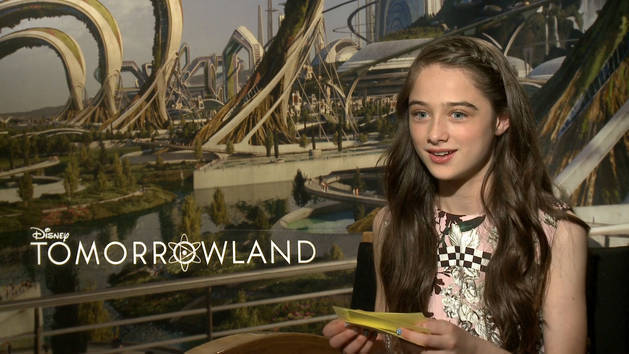
It might surprise you, but stocking Arab sci-fi wherever and whenever I can find it is a passion. Being such a scarce resource, I bought what turned out to be a children’s SF novel and finally got around to reading it – City of the Future (1993) by Ashraf Sayed Al-Aqabi. What can I say? I was pleasantly surprised.
By Emad Aysha
The story is set in an unnamed Arabic country, which is a major power in the world, technologically advanced, and scientifically planned.
A blue meteorite crashes in a desert area close to where a geologist is doing a field study, and straight away, the security people get involved because, by dumb coincidence, the president has a planned visit there.
The only catch is that it’s not a meteorite but some blue opal, which splits into a myriad of little opals. These pristine fragments enamour the president, and he takes one home with him. Then, the next day, he wakes up with a slightly elevated temperature and dedicates himself to blueprinting a magnificent new city, the above-mentioned city of the future. Then, more opals crash close by, and the place gets designated as unsafe, so civilians don’t go there.
Then the president dies, broken up into little pieces, and the geologist investigates a similar death of a colleague and finds out what’s afoot. The blue opals are aliens. They crash land on Earth as a final refuge from a war they lost, people of the yellow planet assaulted by people from the orange planet. What the yellow aliens liked about the Earth was how blue it was, which would mollify the orange aliens!
It turns out they took over the president’s body and are using the new city as a springboard to launch a massive counterattack on the orange aliens. They desperately need the help of the new leader of this unnamed Arabic country (Egypt). They want bodies to inhabit. They were pleased with the president, saying give us your condemned or, better yet, buy people from piss poor Third World countries, and we’ll reward you with weapons tech that will provide you with an advantage over your enemies.
He thinks about it, but his conscience won’t let him. Meanwhile, the geologist finds a way to screen people to see if they’re possessed. (He describes the orange aliens as like the ‘jinn’). So, instead of helping the yellow aliens, the president forms an alliance with other nations, and they invite the orange aliens to come and duke it out against their foes in the new city, and they both eradicate each other, with the town being turned to ruins.
Sadly, old rivalries on Earth return, and another arms race begins. But that’s the price for human solidarity, and the president was willing to pay it. The man is also democratic, thinking in terms of the voters, public opinion, and his sense of responsibility. There’s also a nice moral quip about the difference between politicians and scientists; one thinks in a short-term and reactive way, while the other is objective, practical, and grounded in cold, hard facts.
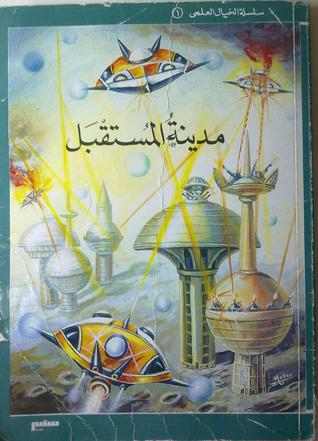
BRAVE OLD WORLDS: Scientific thinking can often be taught best through the world of art, a lesson not lost on all scientists thankfully.
As children’s literature the novella teaches constructive thinking like the scientific method and logically eliminates rival theses, so it is good and ahead of its time in the Arab world. (The scientists figure out why the opals didn’t crash in the sea and possess the fish – they need warm-blooded animals, hence the elevated temperature). There are good political and moral messages, too. It's wishful thinking, but that’s called for at times.
But it got me thinking about the aliens and why the president didn’t prioritise his nation's interests over those of the poorer countries, given Egypt’s apparent status as a developing nation. This whole story, in my humble opinion, is a diatribe against the Cold War—hence the yellow and orange planets.
The colours aren’t that different, and the two superpowers are both superpowers and white people. Neither the Western nor Soviet bloc has much respect for the Third World and its plight, using developing nations to act out their conflagrations and ideological fantasies without regard for what we want. It’s a grim, open-ended ending, but successful nonetheless.
The story also counts as satire, lampooning both local and international politics. (There’s even a torture/interrogation scene). It is genuinely funny at points, and the imagery is interesting, too. The scene where the geologist heads off to the city in secret feels desolate.
When he gets out and collapses from exhaustion, he wakes up to find himself surrounded by desert, left and right. In the early part of the story, he is out in the open, too. The city also feels deserted and empty, as sumptuous and high-tech as it is.
I presume the title is City of the Future, meaning this is what lies in store for us if we modernise the Western world: a cold, individualistic life isolated from nature and each other and from the woes and sufferings of those less well-off than us. Being civilised for us Arabs means vegetation, gardens, family life, and community spirit.
Not to mention civilian technologies, given that the unnamed country is weak in war but strong in space exploration, I have to hand it to the author; he’s found a way to compress the entire cosmos and everything in it, on earth and in the galaxy, into a single cityscape.
To my knowledge, no Western author has managed to do that. The buildings look like mushrooms, and the spaceships look like Frisbees. It's an amusement park for the ages!!
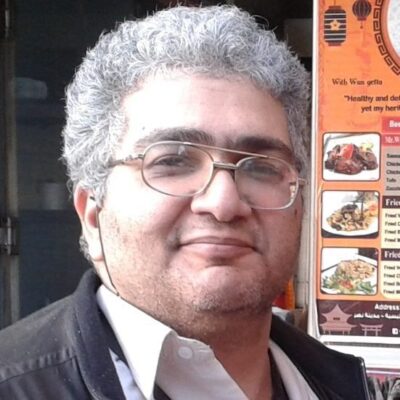
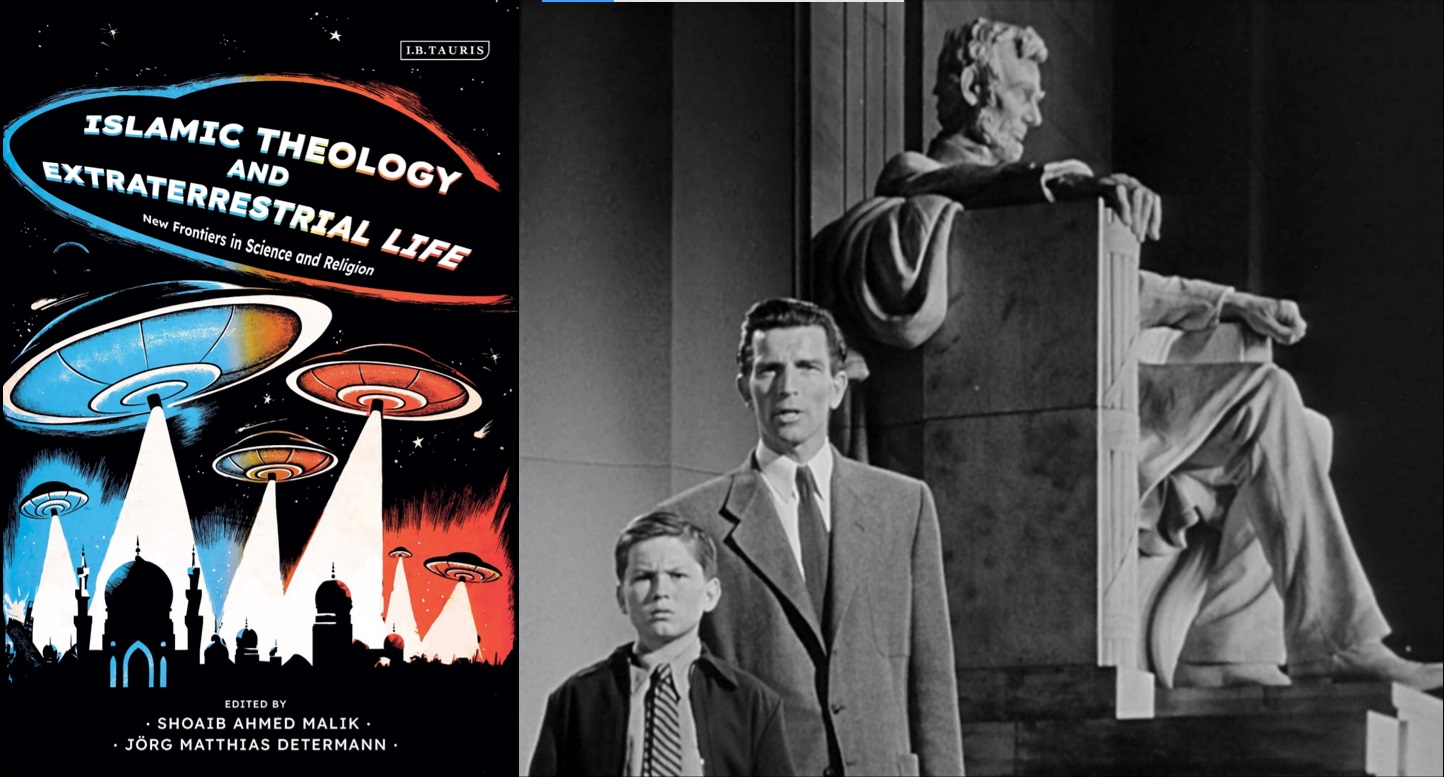
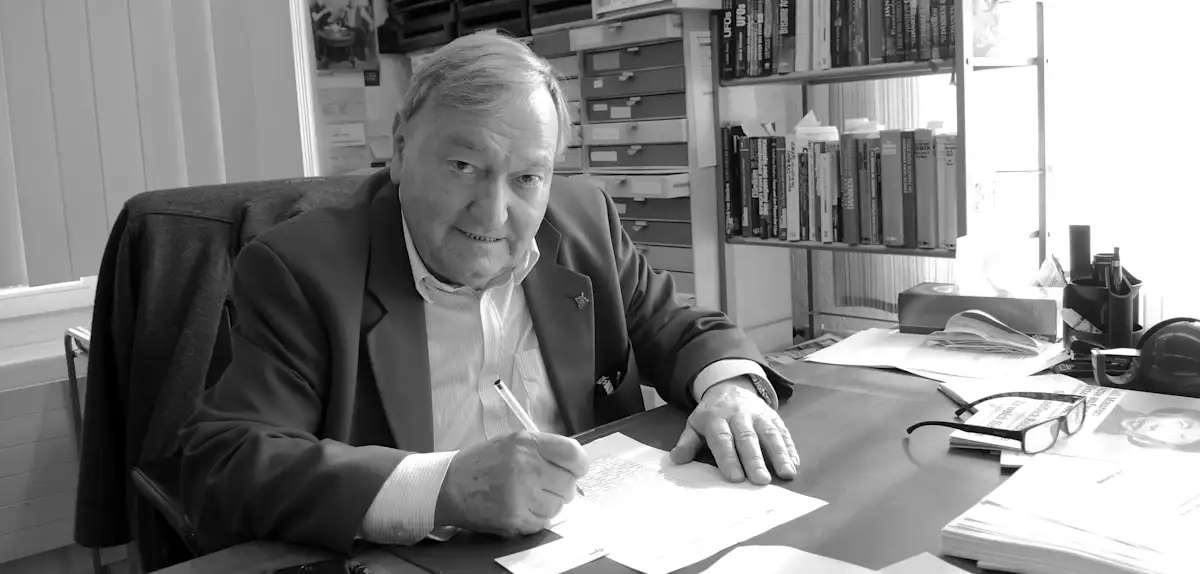
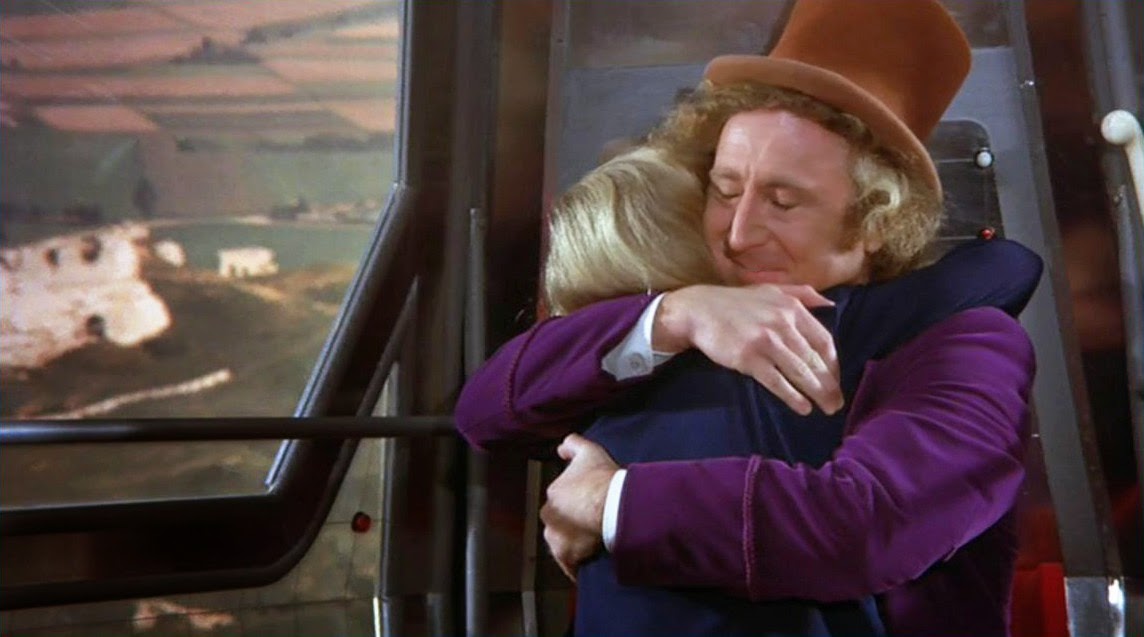
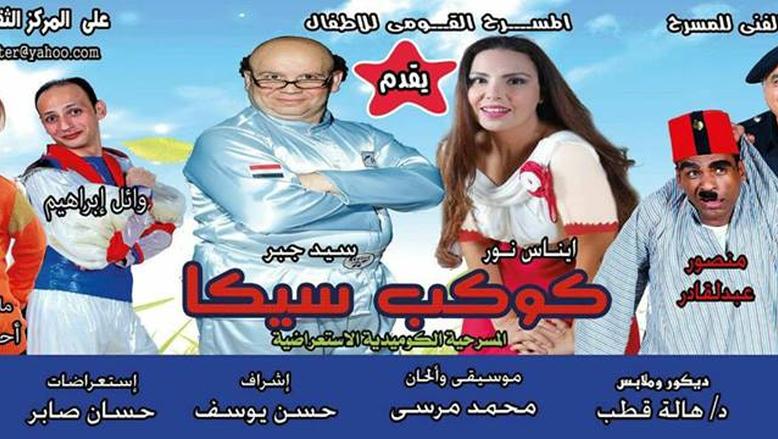
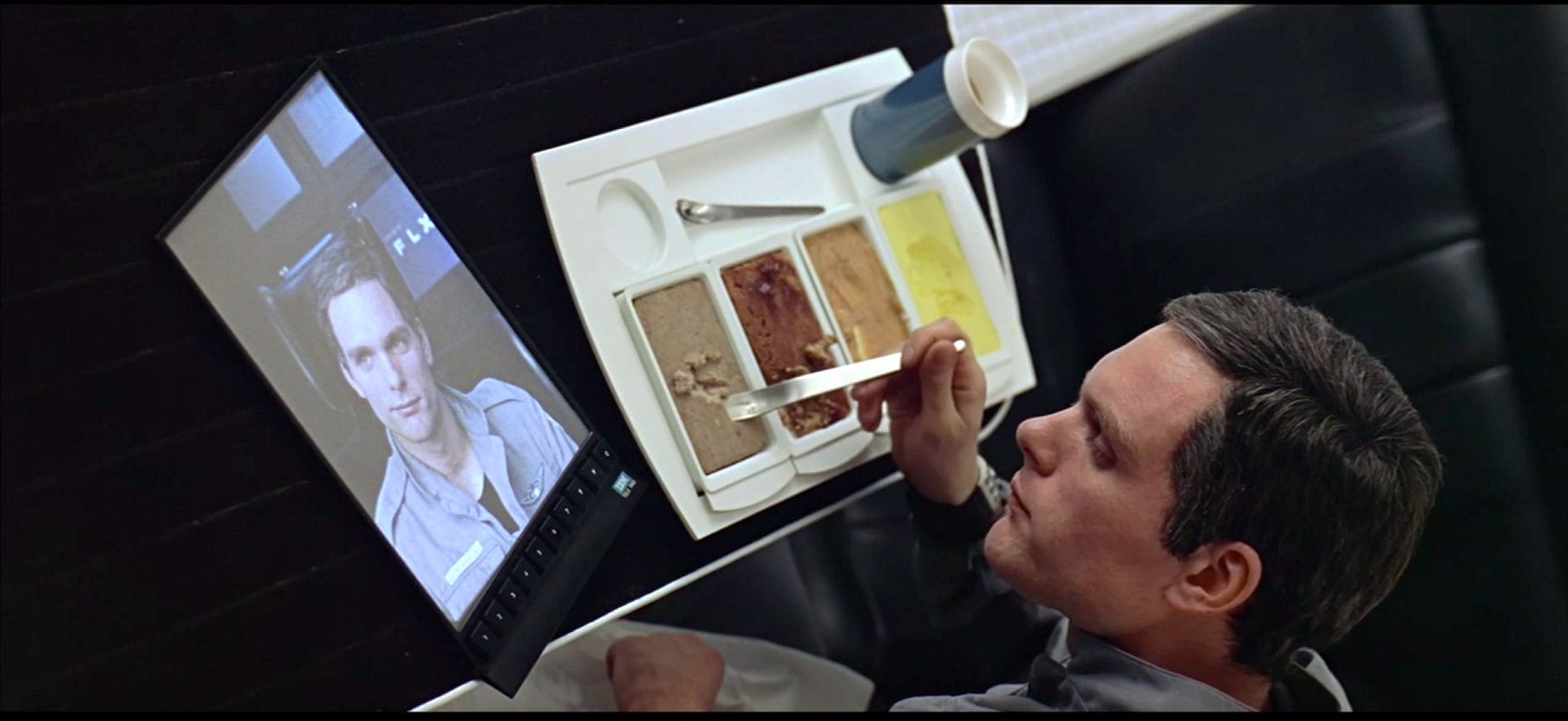
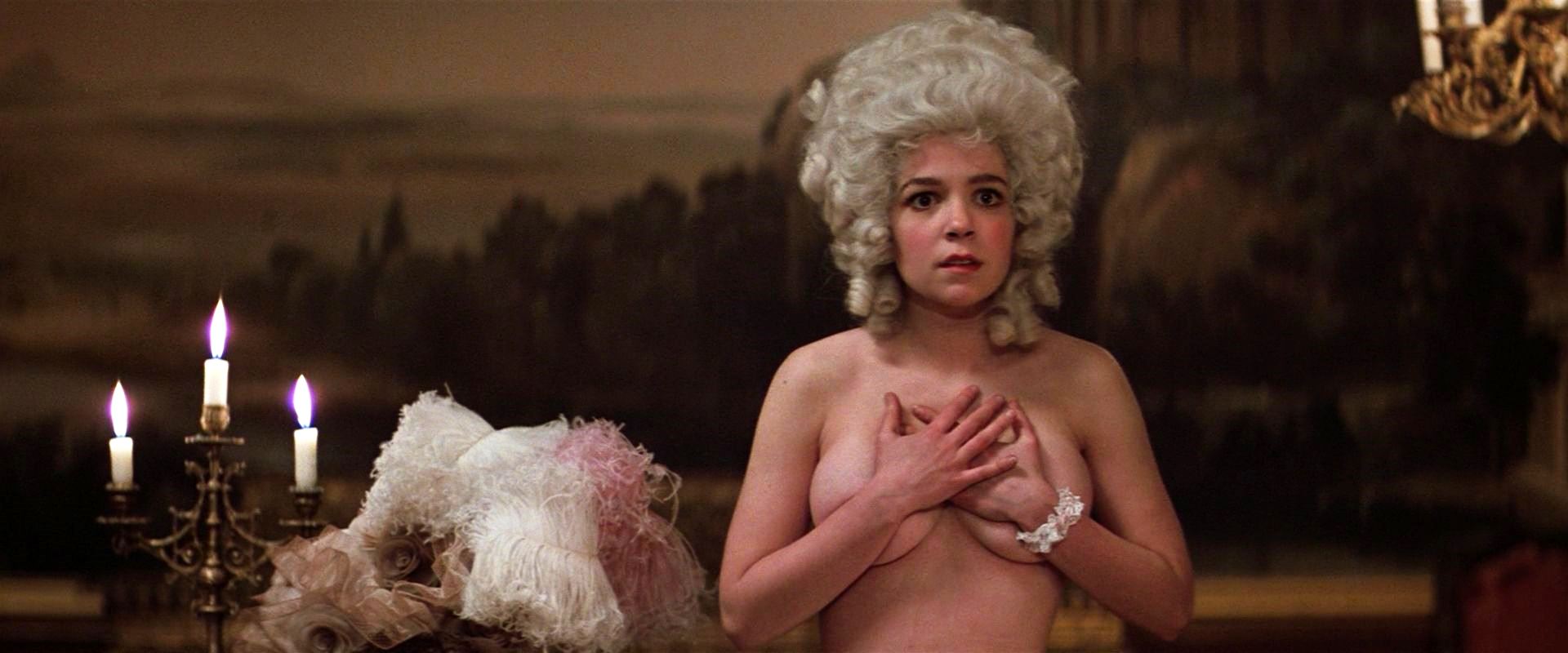
Excellent review